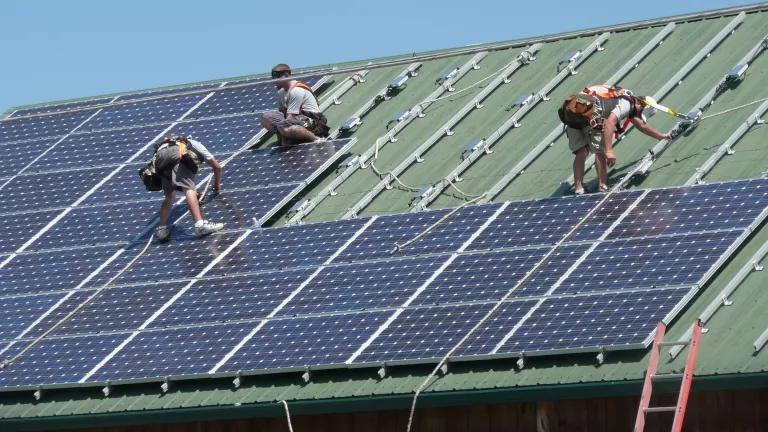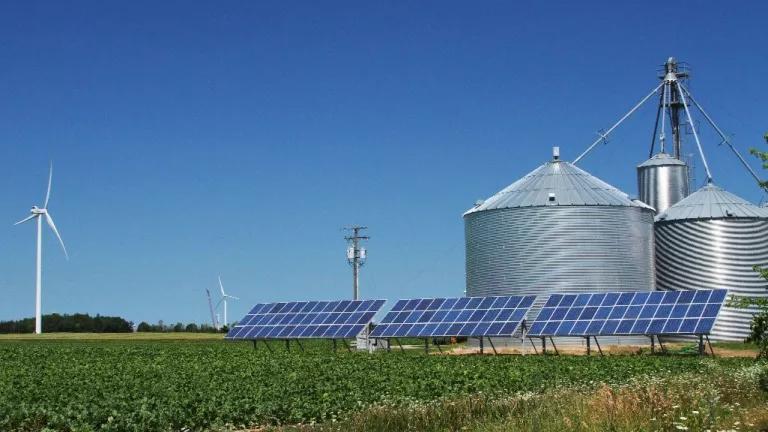On Friday, InsideEPA.com (subscription required) ran two interesting articles on ethanol and air quality. The headline for the first is "Agency Models Used To Predict Biofuels Emissions Rely On Outdated Data." The news here is as bad as it sounds. Not only is EPA's data outdated, but we know that it is no longer accurate. The data is based on gasoline blend stocks that are no longer used and on a mix of vehicles that are no longer on the road. Furthermore, we know that there are sources of emissions that were not measured in the testing used to calibrate EPA's models. Specifically, we now know that low blends of ethanol gasoline causes the fuel mixture to permeate through the fuel lines leading to increased evaporative emissions off of the fueling system. In its regulatory impact analysis for its rules implementing the renewable fuel standard, EPA basically speculated that these inadequacies in the data where counter balanced by others such as improvements in emissions controls in the vehicle stock.
We knew about these problems back in 2005 when the existing renewable fuel standard was being contemplated and that's part of the reason that we pushed for a requirement that the EPA update its model. But as the article notes:
The RFS does require EPA to update the model, but the agency has yet to find the budget money to do so, sources say.
One environmentalist says it would cost $20 million to $50 million for the updates.
An EPA source notes the vehicle testing program “is dependent on resources” and that Congress, which has taken steps to significantly boost the use of ethanol in fuel, has not appropriated the money for EPA to update the models.
For example, the source says EPA is not performing any testing on permeation of VOCs or any other ethanol emissions impacts. Instead, the agency relies on data from outside researchers, such as from California officials who suggest that ethanol permeation is likely to boost VOCs.
Critics also say the lack of adequate data may stall important new tailpipe emissions standards and technology control requirements that can help offset the expected increase in ozone-forming emissions and air toxics from the increased use of biofuels.
The title of the second article is "EPA Testing Plan Could Clear Path For Compromise On Ethanol Blends," and the article starts off by stating:
EPA air office officials are launching extensive new emissions tests of various blends of ethanol in conventional gasoline, including a 15-percent blend that has emerged as a potential compromise between the existing 10-percent cap and ethanol backers who support a 20-percent blend that industry sources fear could harm engines and negatively impact air quality.
So now I have to scratch my head. EPA has resources to test these midlevel ethanol blends, but not enough resources to do the testing necessary to update its models to protect against the impacts that we know will occur from the existing low level blends?!?
I've written before (here) about how CA has updated its model to require further reformulation of the gasoline blend-stock if oil companies want to use higher blends than CA has traditionally allowed. These models are important tool for protecting public health and CA's update suggests that we can virtually eliminate the air quality penalty from low blends. (See Unlocking the Promise of Ethanol for a slightly dated, but still helpful short explanation of the air quality issues.)
I've also written before (here) about how midlevel blends are a distraction from shifting away from use biofuels as an additive to using them as an alternative to oil. While high blends such as E85 get away from air quality problems of low-blends, they're not a panacea. Without good testing data and rules to capture any potential air quality benefits and protect against any unexpected increase in toxics, there is little reason to believe that high blends would be much better or worse gasoline. (The environmental reason to worry about biofuels is as part of the solution to global warming.)
In the end, the punch line I take away from these articles is that once again it appears that short-term interests in midlevel blends are drawing away resources from addressing both the real near-term and long-term challenges facing getting biofuels right. Let's test E10 and update EPA's models to mitigate the impacts we know we face today and let's test E85 so that we can avoid impacts in the future, but let's not waste time and money testing mid-level blends.




